Shormita explores LGBTQIA+ issues in India: stigma, family rejection, and rising visibility in media, exclusively for Different Truths.
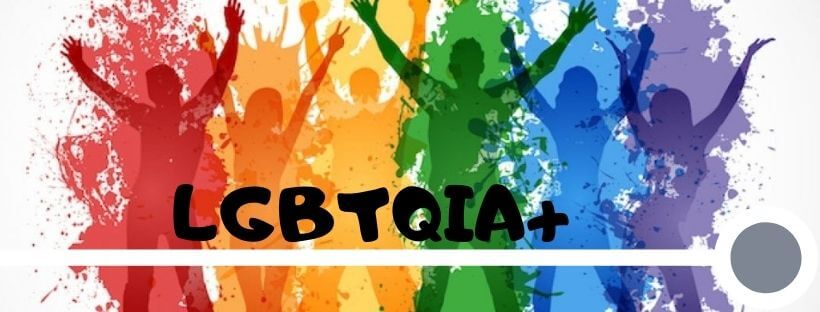
Homosexual relationships are highly stigmatised in Indian culture and society. In 1861, the British government criminalised homosexuality under Section 377 of the Indian Penal Code. Indian society is still not accepting same-sex relationships or marriage. Recently, in the year 2018, the honourable Supreme Court of India decriminalised homosexuality, and it has emerged as a new change in Indian society. Currently, the situation is that gays and lesbians must deal with rejection from their families and social exclusion. They are even publicly harassed and tortured for their sexual orientation. When an individual discloses their identity as gay or lesbian, the family immediately takes the child to a therapist for treatment. Especially in Indian society, if a person is a homosexual, then in most cases they try to conceal this truth from their family in fear of losing their loved ones and social life.
In 1861, the British government criminalised homosexuality under Section 377 of the Indian Penal Code. Indian society is still not accepting same-sex relationships or marriage. Recently, in the year 2018, the honourable Supreme Court of India decriminalised homosexuality, and it has emerged as a new change in Indian society.
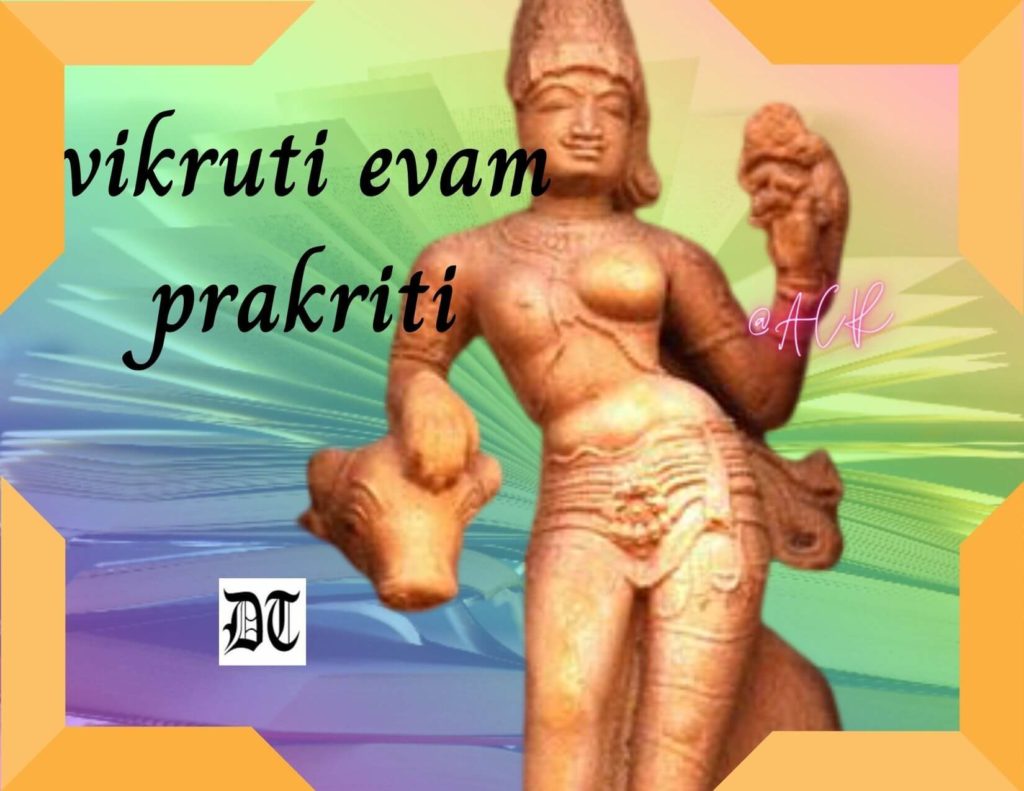
We can study the reference to the Vedas, where we can trace the line ‘vikruti evam prakriti’ which means that all queer things are also part of nature. Indian mythological texts make constant reference to queerness; they question the idea of being feminine or masculine. For instance, the 2000-year-old Kamasutra depicts same-sex activities. Also, a 1000-year-old Khajuraho temple, where erotic sculptures of gays and lesbians have been found. Not only in Indian culture but also in the Inuit of the Arctic regions that tell the narrative of the first couple on Earth were two men, but when they made love, the child conceived could come out, and so one of them became a woman.
Recently, in India, so many movies and web series have been made that highlight the issue of homosexuality. The movie Shubh Mangal Zyada Savdhaan (2020) stars Ayushman Khurrana and Jitendra Kumar in the lead roles. The movie is based on the love story of a gay couple who belong to a small city, Allahabad. The gay couple had to fight against their family to gain acceptance for their relationship. This shows that Indian cinema has gradually changed the pitch of its story, and it mainly creates content that is relevant for the betterment of society. Also, movies and web series like Dostana (2008), Margarita with a Straw (2014), and the film “Ek Ladki Ko Dekha Toh Aisa Laga” (2019) portray the story of Sweety Chaudhary, a closeted lesbian, and her journey to come out to her conservative family. Aligarh (2016), Kapoor & Sons (2016), Made in Heaven (2019), Aarya (2020), Romil and Jugal (2017), etc. We can observe that these movies and web series are based on homosexual relationships in India. Moreover, how society treats them or accepts them can be analysed through these character portrayals.
Some writers like R. Raj Rao, Arundhati Roy, Amruta Patil, Manju Kapur, Hoshang Merchant, etc. have written some extraordinary works that highlight the agony, pain, and problems of the LGBTQIA community.
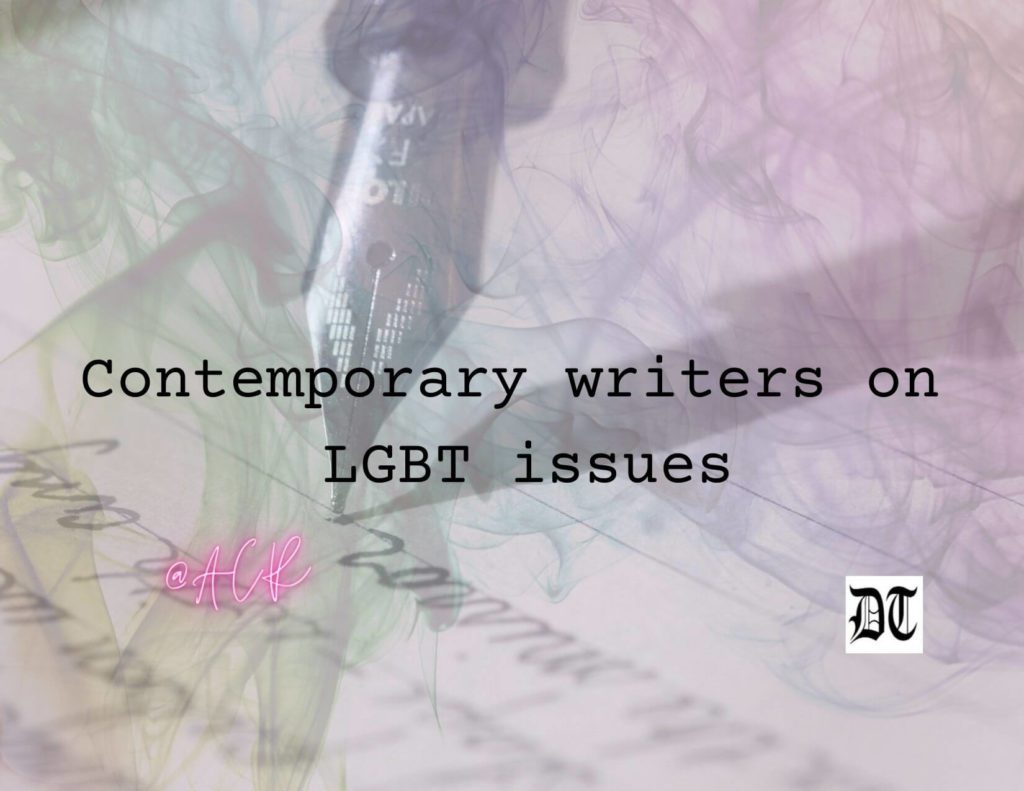
Likewise, today, contemporary writers are creating more content that deals with LGBTQIA+ issues. There are kinds of literature in India that tell the tales of the LGBTQIA+ community; despite having a rich conventional culture, this community still has to face discrimination and marginalisation. Some writers like R. Raj Rao, Arundhati Roy, Amruta Patil, Manju Kapur, Hoshang Merchant, etc. have written some extraordinary works that highlight the agony, pain, and problems of the LGBTQIA+ community. So that the people of the heteronormative society could understand, relate to, and empathise with the struggle of this community. Novels like Kari by Amruta Patil, Hostel Room 131 by R. Raj Rao, The Man Who Would Be Queen by Hoshang Merchant, A Married Woman by Manju Kapur, Loving Women: Being Lesbian in Unprivileged India by Maya Sharma, Lihaaf by Ismat Chughtai, The Boyfriend by R. Raj Rao, etc. aim to familiarise the audience with homosexual relations and their normality.
Still, heterosexuality is right and normal, and lesbians and gays are abnormal and a mental disorder in society. It is important to note that the American Psychiatric Association, in 1973, decided to remove homosexuality from the list of mental disorders. Also, the Diagnostics and Statistics Manual of May 2013 regards homosexuality as ‘Gender Dysphoria’, which is a bitter feeling that occurs to a person when the sex assigned at the time of birth goes unmatched with their gender identity.
Picture design Anumita Roy
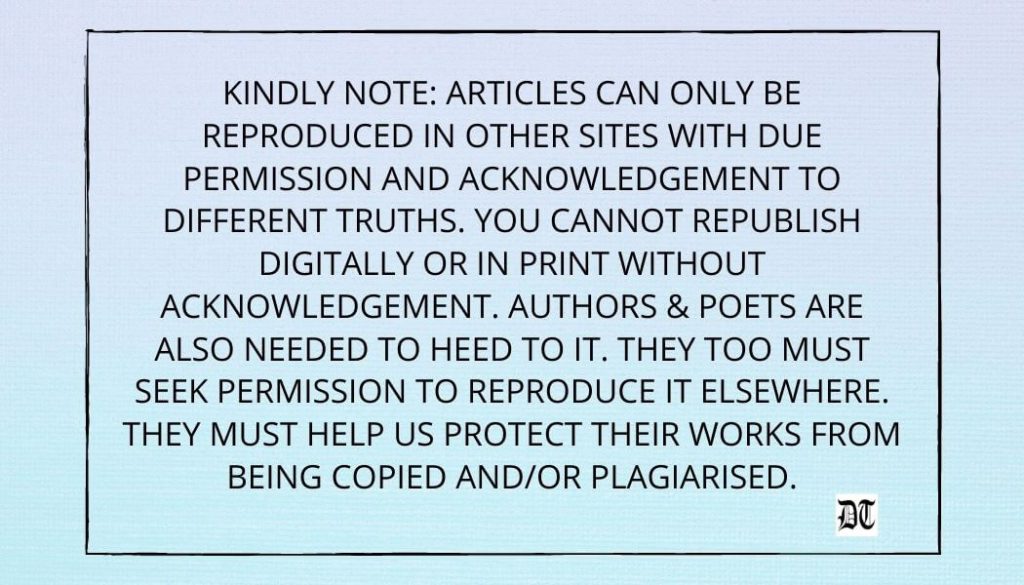

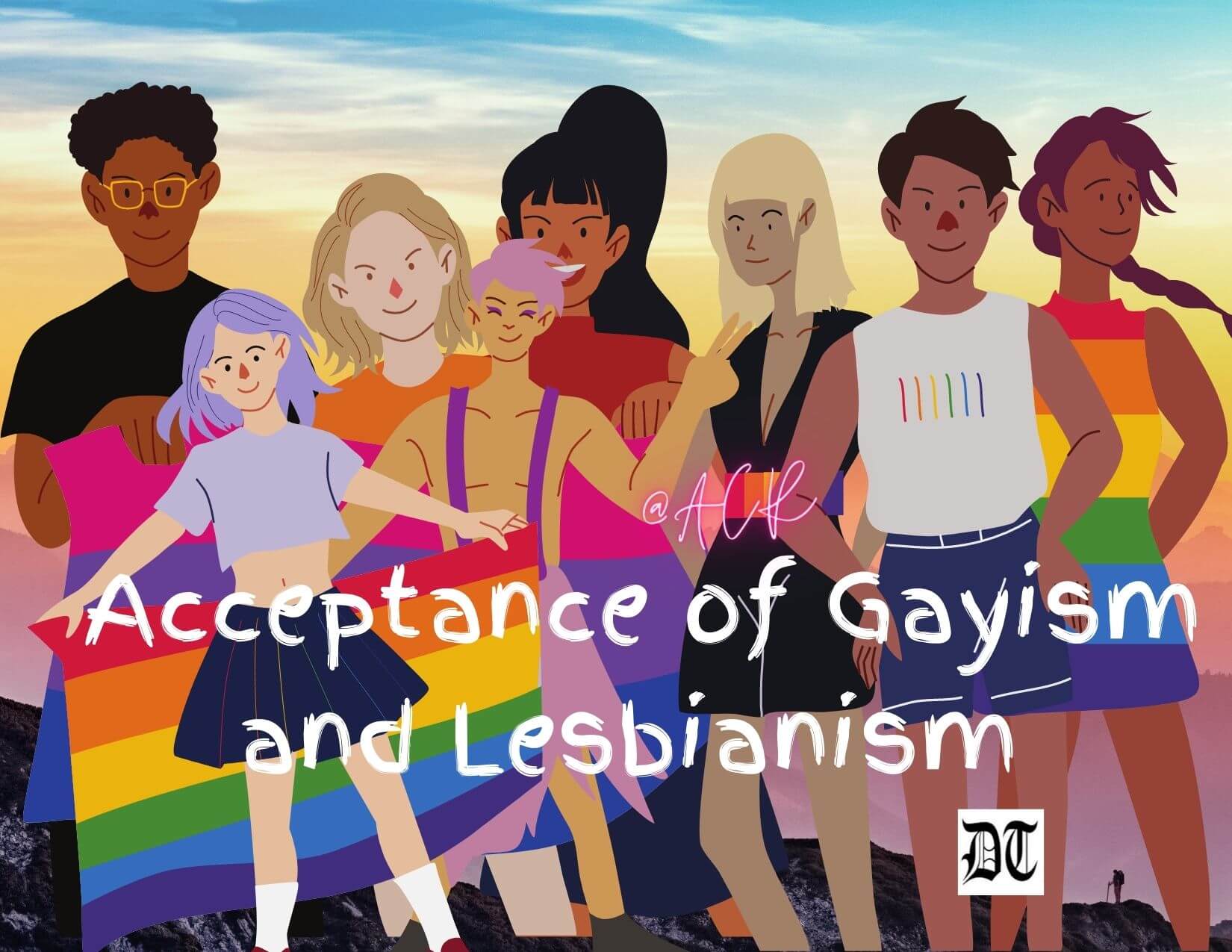



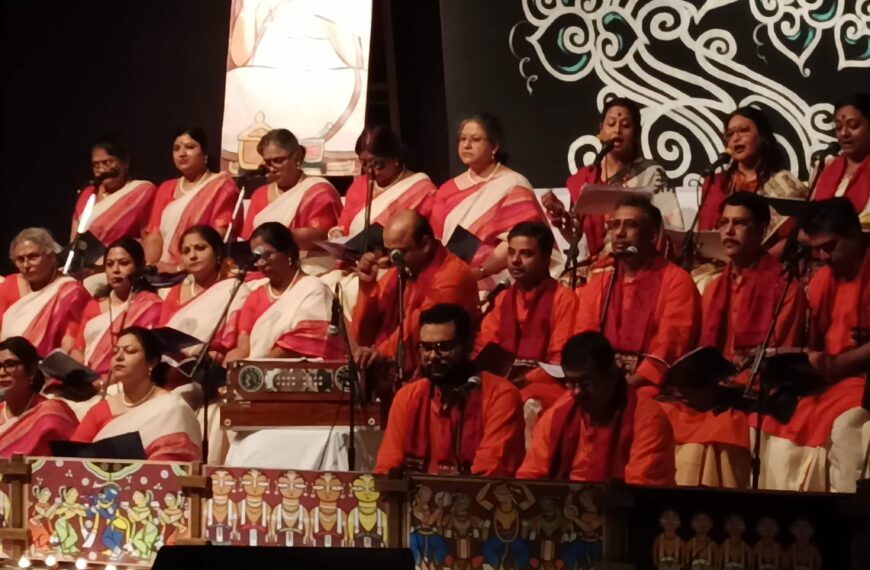
 By
By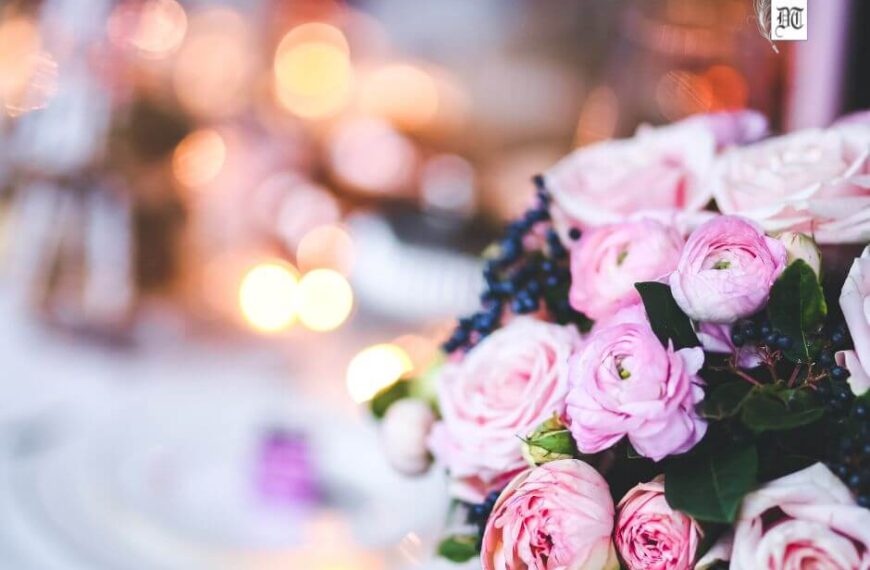
 By
By
 By
By
Awakening one..need of the day
This topic needs significant public attention. Great work Shormita for bringing out this issue elaborately.